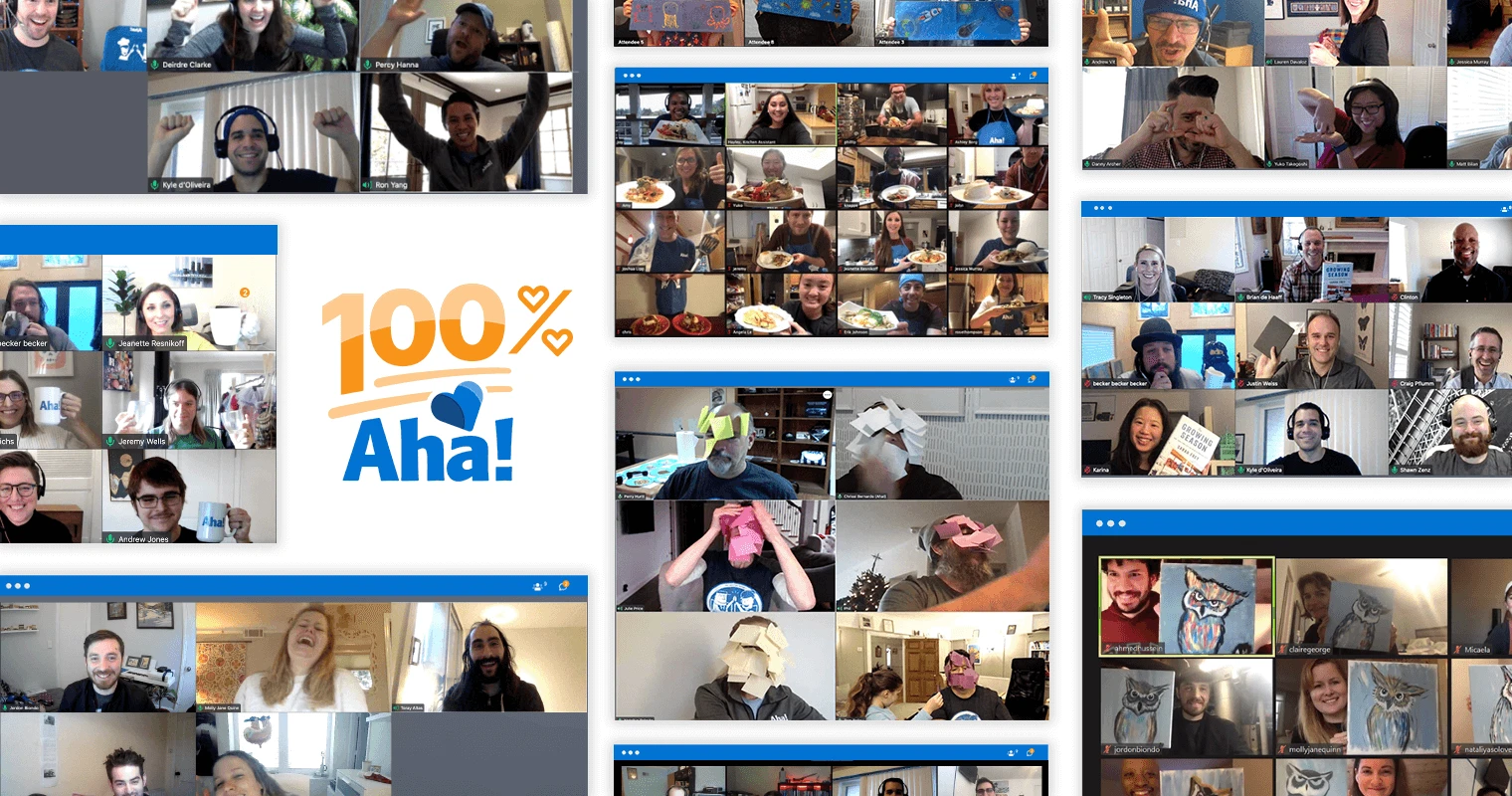
My Name Is Mark Eaves — This Is Why I Joined Aha!
I like to think that I have been a product manager my whole life. My dad brought home my first computer, a Macintosh SE, when I was 6 years old. I taught myself how to type really fast, then play games, and eventually code. By high school, I was creating simple online games. I wanted to apply my knowledge to make the experience more fulfilling for the players — my friends.
I loved using computers to build things that had a purpose and a positive impact on people’s lives.
I knew I wanted to study computer engineering in college, so I set a goal to attend one of the best engineering schools in North America, the University of Waterloo in Ontario. I was fortunate to get exposure to different industries and roles and see what I liked best during my studies. Ultimately I decided to focus my career on software development.
After graduation, I joined a 60-person startup in Toronto. The company was growing rapidly and I had plenty of opportunities to contribute and learn new things as a developer. For example, I was tapped by the CEO to work on strategic development initiatives. After he shared his vision with me, we would whiteboard an application concept and then I would develop and iterate on each design.
Working closely with the CEO to build functional software designs exposed me to how technology could solve business problems on a much larger scale than writing code could. I learned that my passion for building with a purpose had a name — product management.
It felt like a natural transition from developer to product manager. I enjoyed thinking more strategically about the business and understanding how users engaged with the software. As the company grew, so did my responsibilities. Over the next seven years I grew into a VP role, leading a team of product managers, program managers, and UX designers to launch new SaaS offerings on our enterprise platform.
Mentoring a cross-functional team and championing new product solutions motivated me every day.
But I was getting farther away from our end users. I wanted to work more closely with customers again. So I joined another rapidly-growing, early-stage startup as the head of product management. I collaborated with executives on the product vision and built detailed roadmaps for the development team to execute on. I did most of this work in spreadsheets but knew there must be a better way.
While researching product management software, I discovered Aha! and started reading the blog. I quickly fell in love with the company and the culture. The purpose-driven approach and commitment to responsiveness completely resonated with me. I quickly applied for a job on the Customer Success team. The interview process went fast. I spoke with several teammates and became even more excited about the opportunity to share my knowledge with customers.
Since joining, I have spent lots of one-on-one time helping customers. Some days I advise startups (not unlike the one I worked at early in my career) on how to ramp up product management best practices. Other times I help very large organizations scale their planning processes for complex portfolios. I also get to support our customers with the technical bits, such as setting up a Jira integration or implementing single sign-on for an ideas portal.
Working for a successful, high-growth company is incredibly satisfying. There is no shortage of fun work to do and no limit to how much I can grow.
It is amazing to work with other high performers. The team at Aha! is incredibly experienced and supportive. There is always someone who is willing to teach me new things or jump in to help with a problem.
I have also found that working remotely increases my productivity and overall happiness. Before joining Aha! I commuted three hours a day. Now I can reinvest that time into my family, health, and career. And I am still doing what I have always loved — making a positive impact on people’s lives.
That is why I joined Aha! — and why you should too.
Aha! is a trademark of Aha! Labs Inc. All other company and product names may be trademarks of the respective companies with which they are associated.



